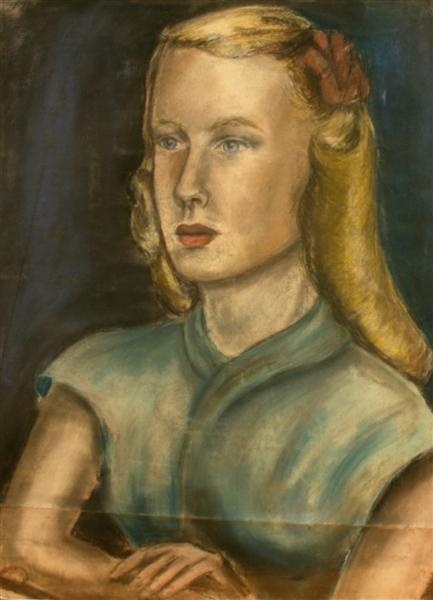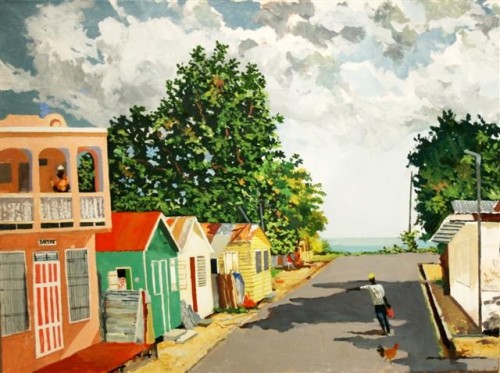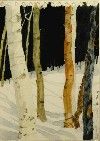The Writer's Brush at Pierre Menard Gallery
Show of Famous Writers Who Paint in Harvard Square
By: Shawn Hill - Jan 08, 2008
The Writer's Brush
An Exhibition of Art by Writers
Pierre Menard Gallery
10 Arrow Street, Cambridge, Ma. 02138
15 December 2007 through 27 January 2008
Closing Reception: January 18th, 6-8
http://www.pierremenardgallery.com
This packed and expansive installation is a treasure trove of unexpected finds. The writers included are not unknowns or newbies. The range is incredible: how does one go from Victor Hugo to Annie Proulx? Very carefully, I'd imagine, as this show somehow does, mixing art by the living with art by some of the greats of the past.
And, make no mistake, these writers were artists. While the visual may not have been their primary material, they were cultural creators of their times, in synch with the aesthetic values of their peers, including the most extreme aspects of the avant-garde. While some of the work may seem derivative, much of it was done by exact contemporaries (if not even close friends) of the visual artists whose work is recalled.
Hung salon style, there's no way to easily take in the scores of works on the wall, many of them small. One thing writers know is paper, and the majority of these works are framed, smallish pieces on paper. Watercolors, collages, and prints predominate, with the watercolors tending towards the conventional and realistic, and the collages being the oddest and most experimental and strangely personal. How does one begin to take in such overwhelming diversity? By small hits here and there, focusing on nodes of interest and blithely passing over the rest, of course!
Here's some of the stuff that still haunts after my visit: A stiff, formal and stately self-portrait in pastel by that most indelible of fifties good girls, Sylvia Plath. Other writers who've gone the portrait route include Annie Dillard, who seems resigned and even a bit bored with herself as she sketches accurately before a mirror, her chin resting on her cupped palm; Mervyn Peake of "Gormenghast" fame, whose 1953 portrait of his son is eerie enough to inspire a Roger Corman film; and Tom Wolfe, whose caricatures of various sharp-dressed figures are of magazine quality.
What glee to see the freewheeling sexuality that the ever-adult Pierre Menard includes amongst the immense diversity: e. e. cummings paints in oils of a very Bloomsbury style, but with a salacious focus on beautiful women in bed after bed. There are two charming Tennessee Williams paintings, one of a Carnival performer, the other a "Vision of Paraclete" from 1974 that seems to borrow Greek gods from the walls of ancient tombs and bring them back to life in a bath house. And of course the study of the "Rape of the Sabine" by D.H. Lawrence zooms in close to see all the groping male and female flesh, muscular arms grappling over curvaceous torsos. Amateurish, sure, but you admire his single-mindedness.
The styles to find are familiar, but personalized under unexpected eyes: post-impressionism, surrealism, cubism, abstract expressionism. Borges offers a strange sort of zebra-striped rat; Clifford Odets channels Gauguin with a sallow green crucifixion for "The Terrible Night;" Josef Capek's print in black and white composes a revolutionary out of black and white lines in 1920.
Collages really are a striking contribution to the show. Kenward Elmslie's "Fell for a Cowboy Hustler" cuts up and rearranges Montgomery Clift into a shaped assemblage that evokes a very sixties Andy Warhol factory ambience. Douglas Coupland, meanwhile, uses old Penguin paperbacks to construct three high-contrast collages in orange, black and white to embody three significant words. With a Motherwell-esque rhythm, a retro jazz staccato of fence-like verticals, these small delicacies from 2007 speak vibrantly of "Solitude," "Truth," and "Anarchy."



